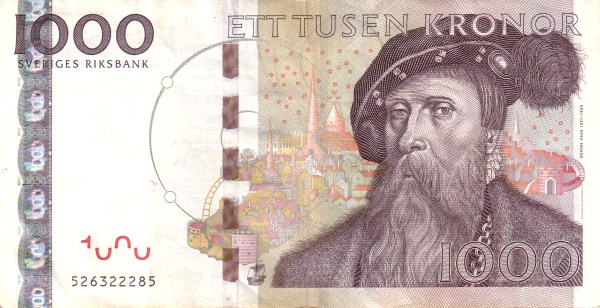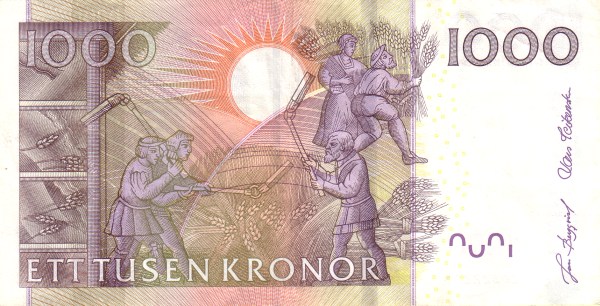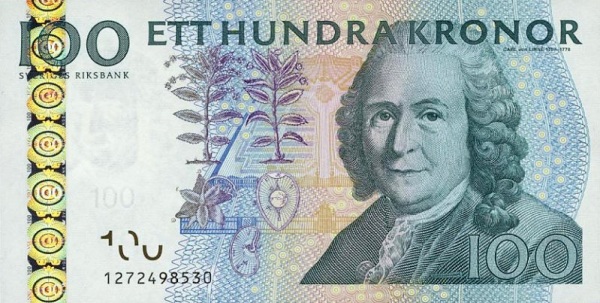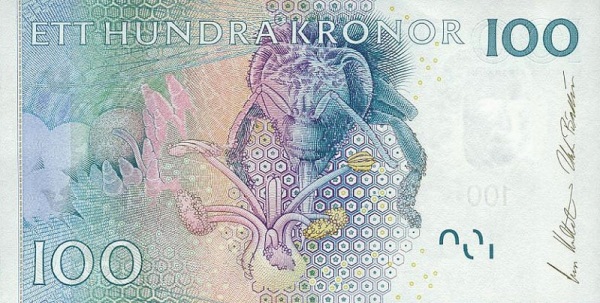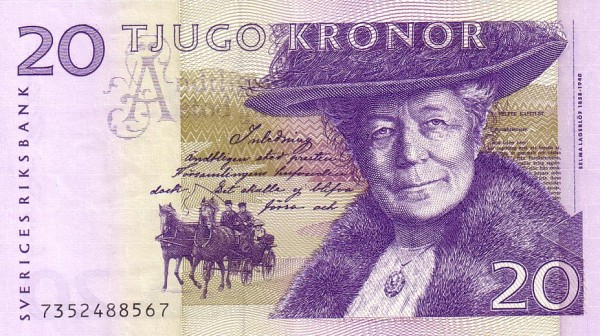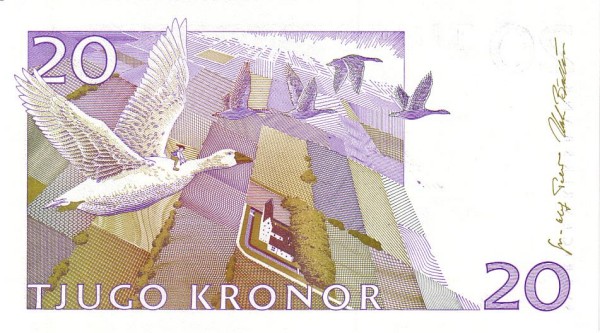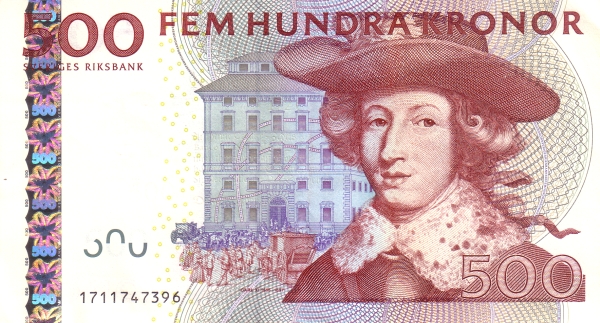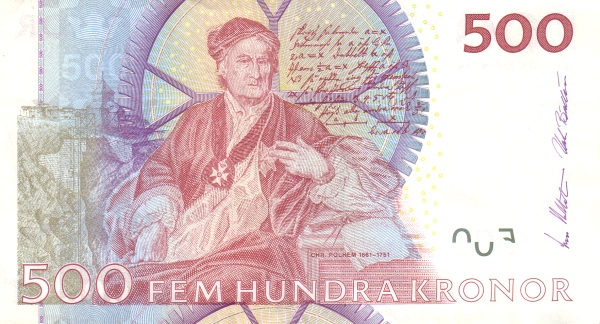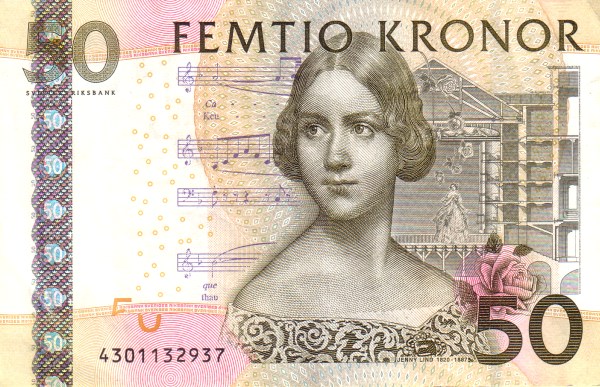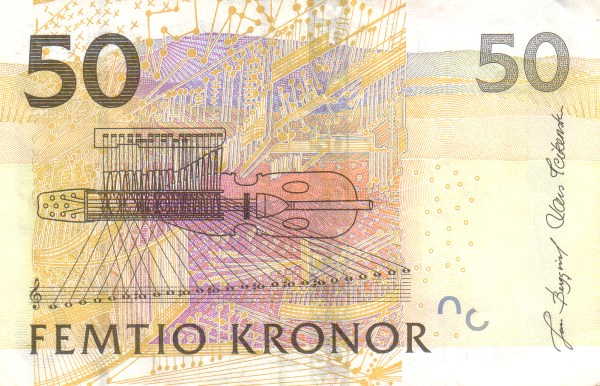Discovering Sweden: A Stunning Scandinavian Gem
Sweden, nestled in the heart of Scandinavia, captivates visitors with its breathtaking landscapes and rich history. This extraordinary country is situated in northern Europe on the Scandinavian Peninsula and floats gracefully between the Baltic Sea and the Gulf of Bothnia. To the west and north, Sweden shares its borders with Norway, while the Torne River defines much of its eastern boundary with Finland. An intriguing fact is that a portion of this enchanting nation lies beyond the Arctic Circle. Sweden also enjoys maritime borders with Denmark, Germany, Poland, Russia, Lithuania, Latvia, and Estonia, enhancing its strategic significance in the region.
Covering an expansive area of 450,295 km², Sweden is approximately twice the size of Great Britain, making it slightly larger than California. Despite its vast expanse, the Swedish population of 9.9 million people (as recorded in 2016) primarily resides in the southern regions. Stockholm, the capital and largest city, serves as a vibrant cultural and economic hub. The official language is Swedish, a North Germanic language that bears close resemblance to both Danish and Norwegian. Interestingly, English is widely spoken, further bridging connections for international visitors.
Historical Evolution of Sweden
The Kingdom of Sweden has a fascinating history dating back centuries. By the 16th century, the country had transformed into a centralized nation, with Stockholm firmly established as its capital. During the 17th century, Sweden emerged as one of Europe’s great powers. Remarkably, since 1812, the country's borders have remained stable, emphasizing Sweden's commitment to peace. Notably, Sweden maintained a stance of armed neutrality during both World Wars, showcasing its dedication to diplomatic solutions.
Over the years, despite its relatively small population and extensive territory, Sweden has developed into a technologically sophisticated nation with a robust infrastructure. This includes a highly efficient transportation and communications system, which facilitates seamless connectivity across the country. However, Sweden's approach to political and economic integration with the European Union faced challenges. After much deliberation, the country joined the EU in 1995 but chose not to adopt the euro in 1999, highlighting its cautious stance on economic commitments.
Understanding the Government of Sweden
Sweden operates under a constitutional monarchy, with a rich political tradition deeply rooted in history. The country declared its independence on June 6, 1523, when Gustav Eriksson Vasa emerged as the elected king, effectively separating the Swedish Crown from the Kalmar Union of Norway and Denmark. This pivotal moment in history marked a significant turning point for Sweden, paving the way for its modern governance.
Geographical Wonders
When it comes to geography, Sweden boasts diverse terrain. The nation's location in Northern Europe places it alongside the stunning Baltic Sea, the Gulf of Bothnia, and the Kattegat and Skagerrak straits. The country's vast area of 450,295 km² (173,859 square miles) features fertile plains in the southern landscapes. As one travels north, the scenery transforms into densely wooded highlands and majestic mountains, particularly in the western regions. In fact, the northern three-fifths of Sweden is characterized by hills, mountains, expansive forests, and vast river valleys, offering a myriad of outdoor activities and natural wonders.
Sweden's Climate and Natural Beauty
Sweden experiences a temperate climate in the south, which shifts to subarctic conditions in the northern regions. The southern part of the country features cold, cloudy winters alongside cool, partly cloudy summers, providing a distinct seasonal charm. Visitors can expect to enjoy both snowy adventures in winter and stunning green landscapes during the summer months, making Sweden a year-round destination.
The People of Sweden
Sweden is home to a culturally rich and diverse population. The nationality of the people is referred to as "Swedes," with "Swedish" used to describe their language and culture. As of 2016, the total population stood at approximately 9.9 million, with various ethnic groups contributing to the vibrant tapestry of Swedish society. The indigenous Swedes, ethnic Finns, and ethnic Lapps highlight the multicultural fabric of this nation. In addition, significant immigrant communities from countries such as Bosnia, Iran, Norway, Denmark, Hungary, Iraq, and Turkey enrich the nation's cultural diversity.
Religious and Linguistic Landscape
Religion plays a significant role in the lives of many Swedes, with the majority identifying as Lutheran (around 87%). Other faiths include Catholicism, Orthodoxy, Baptist, Judaism, Buddhism, and Islam. This eclectic mix embodies the nation’s commitment to religious freedom and tolerance. Moreover, while Swedish is the official language, English remains the dominant foreign language, enabling seamless communication with visitors from around the world. Minority languages, such as Sami and Finnish, further reflect the rich cultural heritage of Sweden's diverse population.
Natural Resources and Economy of Sweden
Sweden possesses a wealth of natural resources, including iron ore, copper, lead, zinc, gold, silver, tungsten, uranium, arsenic, and feldspar. Timber and hydropower also play vital roles in the economy, offering sustainable resources that contribute to both local practices and international trade. The agriculture sector thrives on products such as barley, wheat, sugar beets, alongside various meat and dairy products, illustrating the well-rounded nature of Sweden’s food production systems.
Industrial Landscape in Sweden
As a nation recognized for its advanced industrial capabilities, Sweden excels in various sectors. The iron and steel industry stands strong, accompanied by the precision equipment sector that produces bearings, radio, and telephone components. Additionally, the production of wood pulp and paper products, processed foods, and motor vehicle manufacturing underline Sweden's economic diversity. With machinery representing 35% of its exports and motor vehicles and paper products following closely, Sweden maintains a robust position in global markets.
Trade Connections and Collaborations
Sweden’s international trade thrives on strong partnerships. In 2015, key export partners included Norway and Germany, each contributing 10.3%, followed by the United States, which accounted for 7.7%. The United Kingdom, Denmark, and Finland also feature among significant trade allies. Meanwhile, the import landscape remains similarly diverse, characterized by machinery, petroleum products, chemicals, and foodstuffs. Primary import partners encompass Germany, the Netherlands, and Norway, showcasing a dynamic exchange of goods and services.
In conclusion, Sweden paints a captivating portrait of a nation steeped in history, marked by stunning geography, and driven by innovation. As one explores its rich cultural heritage, technological advancements, and serene landscapes, the essence of Sweden unfolds as an inviting and vibrant destination in the heart of Scandinavia.
Largest cities of: Sweden
| City Name | Population | Year of foundation | |
| Stockholm | 975,904 | 1252 | |
| Gothenburg | 583,056 | 1621 | |
| Malmo | 349,560 | 1275 | |
| Uppsala | 233,839 | 1477 | |
| Linköping | 164,616 | 1287 | |
| Örebro | 153,299 | 1250 | |
| Västerås | 150,275 | 990 | |
| Helsingborg | 149,280 | 1085 | |
| Jönköping | 140,881 | 1284 |
Sweden: Money
